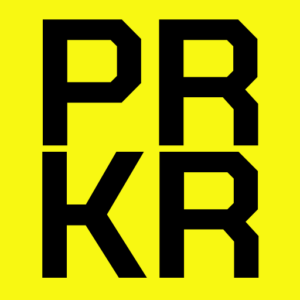To write an effective press release, you must first understand the fundamentals. Press release essentials include a compelling headline, clear lead paragraph, and informative body that covers the who, what, when, where, and why. Adhering to AP style guidelines ensures a consistent and professional tone. Incorporating a relevant quote adds credibility and interest. Effective media relations involve targeting your distribution, cultivating reporter relationships, and being responsive to inquiries. Keep your release concise, around one to two pages, and follow AP style for consistency. Most importantly, guarantee your news is truly newsworthy! By grasping these key principles of press release writing, you’ll be well on your way to crafting releases that capture attention and get results. An essential communication tool is vital for enhancing the visibility of brand announcements. Master the foundations and watch your media coverage soar.
Crafting an Attention-Grabbing Headline
Your headline is your first chance to grab a journalist’s attention. Let’s explore some headline dos and don’ts to help you write compelling, newsworthy headlines. Highlight what’s new or different to attract attention. Additionally, a well-crafted headline can enhance digital presence and increase the likelihood of media coverage. We’ll also look at real-world examples of effective press release headlines.
Headline Dos
Crafting an attention-grabbing headline is a crucial skill for writing effective press releases. To boost your headline strategies, consider these techniques:
- Use Numbers or Percentages: Adding clarity makes headlines more engaging. For example, “U.S. median home asking prices rose 10% from last year”, demonstrating how percentages can convey significance.
- Highlight New or Unique Elements: Emphasize what’s groundbreaking to stand out.
- Be Clear and Concise: Focus on one key element to keep it brief.
- Keep it short and sweet: Limit your headline to 10 words or less for maximum impact.
- Focus on what’s new and exciting: Highlight the most innovative, groundbreaking aspects of your news.
- Use powerful, emotive language: Choose words that evoke curiosity, excitement, or urgency.
Analyzing successful headline examples can provide inspiration for your own. Look for patterns in the use of power words, emotional language, and active voice. Tailor headlines to your target audience, using language that resonates with them. Remember, a compelling headline is your first opportunity to hook readers and encourage them to learn more. Invest time in headline analysis and refining your techniques.
Headline Don’ts
While crafting a compelling headline is essential, there are several pitfalls to avoid.
- Boring headlines that lack evocative language and fail to stimulate interest are a major headline pitfall.
- Confusing headlines with unclear structure, industry jargon, and no clear call to action also deter readers. Attention spans are limited; so capture interest within five seconds.
- Inappropriate formatting like all caps, incorrect title case, and poor punctuation make your headline look unprofessional.
- Deceptive or misleading information that sensationalizes content and creates false expectations will quickly erode trust.
When conducting a headline analysis, verify your headline is engaging, clear, properly formatted, and authentic. By steering clear of these common headline pitfalls, you’ll be well on your way to writing attention-grabbing press release headlines that get results.
Headline Examples
Structuring the Lead Paragraph
To structure your lead paragraph, focus on immediately capturing the reader’s attention with the most essential information. The lead’s importance can’t be overstated – it’s your one shot to hook readers and convince them your press release is newsworthy. Employ proven attention techniques like asking a provocative question, taking a controversial stance, or emphasizing the story’s impact.
| Key Component | Description |
|---|---|
| Provides Main Points | Summarizes the story with essential information |
| Includes the 5Ws | Who, what, when, where, and why |
| Grabs Attention | Uses compelling information to interest the reader |
| Keeps it Short | Typically 35 to 50 words long |
| Leads to More Information | Encourages the reader to continue reading |
Answer the 5Ws clearly and concisely. Cut any fluff. Your lead should pack a punch and leave readers enthusiastic for more. Additionally, incorporating effective storytelling can enhance the appeal of your press release and foster deeper connections with your audience.
Developing the Body Content
Now that you’ve hooked readers with a compelling lead, it’s time to build out the body of your press release. You’ll want to structure your content using the inverted pyramid model, placing the most important information first and supporting it with engaging quotes, statistics, and details.
Keep your writing concise, factual, and focused on delivering the key points in a clear, skimmable format that’s easy for journalists and readers to quickly digest.
Inverted Pyramid Structure
The inverted pyramid structure is a powerful tool for crafting compelling press releases that grab attention and communicate key information effectively. By presenting the most critical details first, you guarantee your key messages get across even if readers have short attention spans. The inverted pyramid offers several benefits for writing efficiency:
- It allows editors to trim content from the bottom without losing essential points.
- The structure caters perfectly to digital media where users often scan content.
- Press releases using the inverted pyramid are more likely to get picked up by media outlets.
Mastering the inverted pyramid will help you write press releases that engage readers, control the narrative, and ultimately achieve your communication goals. Embrace this technique to elevate your PR writing skills.
Engaging Quotes and Statistics
Quotes and statistics pack a powerful punch in press releases. Quote selection and statistic integration are key to capturing attention and conveying credibility. Choose quotes that reinforce your main points using authentic, engaging language. Combine descriptive and inferential statistics to validate claims and persuade readers.
Engaging quotes breathe life into your press release, transforming it from a mere announcement to an enchanting story. To achieve this, embrace quote diversity by including perspectives from customers, partners, and industry experts. These voices add credibility and emotional resonance, making your message more relatable and impactful.
| Element | Purpose | Example |
|---|---|---|
| Quote | Showcase impact | “Our new product line increased sales by 35% in Q1.” |
| Statistic | Enhance credibility | “A recent survey found that 78% of consumers prefer eco-friendly packaging.” |
| Pull Quote | Highlight key point | “This partnership marks a major milestone in our industry.” |
Strategically integrate quotes and statistics to create a thorough, compelling narrative that journalists can’t resist. With careful crafting, your press release will engage readers and drive results.
When selecting quotes, prioritize clear, conversational language that avoids jargon and sounds authentic. Aim for concise, punchy statements that journalists can easily incorporate into their articles. Strategically place these quotes to highlight key points, provide fresh insights, and create an emotional connection with your readers.
Concise, Factual Writing
Once you’ve sprinkled in enchanting quotes, it’s time to focus on crafting the body content of your press release. Aim for concise messaging that captures the essence of your news without unnecessary fluff. Here’s how to make your writing shine:
- Stick to the facts: Verify factual accuracy by double-checking names, dates, and statistics.
- Be brief and clear: Use short, punchy sentences that convey your message with clarity.
- Engage your audience: Write in an active voice and use compelling language to draw readers in.
Formatting for Readability
Formatting is the secret sauce that transforms a bland wall of text into an irresistible, readable press release. Embrace these readability techniques to make your release shine:
- Use the inverted pyramid model to structure your content with the most critical information upfront.
- Keep paragraphs short at 2-3 sentences each for easy skimming, especially on mobile devices.
- Bold, italicize, or bullet key points to draw the reader’s eye and emphasize essential details.
Apply these formatting styles consistently to create a polished, professional appearance that grabs attention. A well-formatted release enhances credibility and increases the likelihood of your news being picked up and shared. Don’t let poor formatting sabotage your story – make readability your top priority!
Distributing to Target Audiences
Before you hit “send” on your press release, take a moment to contemplate your target audiences. Effective audience analysis and media targeting are essential for maximizing the impact of your news. Research key demographics, segment audiences based on interests, and prioritize influential outlets. Use this table to guide your outreach strategy:
| Technique | Benefit |
|---|---|
| Media databases | Compile targeted lists |
| Audience segmentation | Tailor outreach |
| Geographical targeting | Reach relevant markets |
| Surveys and focus groups | Understand preferences |
| Social media analytics | Identify influencers |
Build a robust media list, personalize pitches, and leverage distribution services for broad reach. By targeting the right journalists and outlets, you’ll guarantee your press release resonates with the intended audience.
Timing and Follow-Up Strategies
Now that you’ve built a targeted media list, it’s time to strategize your press release timing and follow-up approach. Boost engagement by:
- Sending releases between 10 AM and 2 PM when editors are most receptive
- Focusing on Tuesdays, Wednesdays, and Thursdays for peak visibility
- Avoiding overcrowded Mondays, Fridays, and holidays
Leverage proven timing strategies to stand out. Analyze past performance, monitor trends, and develop a schedule aligned with media cycles. Follow up techniques like building journalist relationships, utilizing embargoes, and ensuring real-time relevance enhance results. Combine data-driven decisions with strong storytelling to craft releases that resonate. With strategic timing and persistent follow-up, you’ll maximize coverage and drive meaningful engagement. Seize the opportunity to share your story when it matters most!
Evaluating Press Release Effectiveness
How well did your press release perform? To find out, conduct a thorough metrics analysis. Examine key performance indicators like click-through rates, social shares, and referral traffic to gauge audience engagement. Evaluate the quality of media coverage by considering the influence and relevance of publications that picked up your story. Explore website analytics to see how the release impacted visitor behavior, conversion rates, and session duration. Finally, assess overall effectiveness by analyzing brand sentiment, calculating ROI, and determining if you achieved your intended objectives. By carefully measuring these critical factors, you’ll gain valuable insights into the true impact of your press release – and learn how to optimize future campaigns for even better results.
Conclusion
You now have the tools to write a compelling press release that gets results. Did you know that 80% of journalists decide to read a press release based on the headline alone? So craft an attention-grabbing headline, structure your lead paragraph, develop engaging body content, and distribute to your target audiences at the right time. Follow these strategies, and you’ll be on your way to achieving your PR goals. Get started today!


